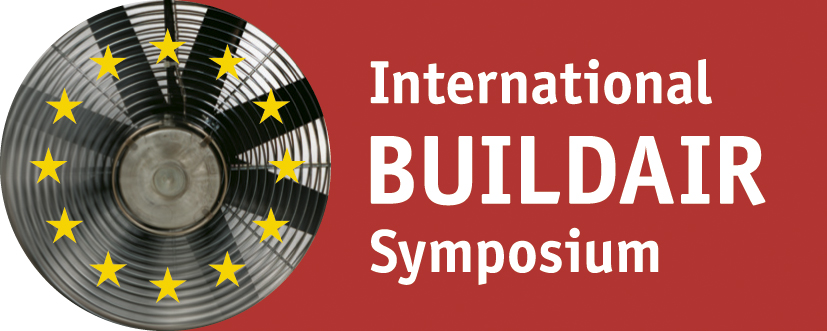The airtightness of office buildings influences energy use and thermal comfort. A leaky office building is likely to have a high use of energy and thermal discomfort. Except for a study carried out in the USA, the knowledge of real airtightness levels of buildings and their impact on the energy use is very low,. Therefore two different methods of airtightness testing were applied to an entire Swedish office building. The first method involves using the ventilation system of the building and the second one to use a number of blower doors. The tested office building showed a very good airtightness level. All previously tested office buildings in the USA, Canada and the UK are much leakier. The tested office building showed some leakage paths, which could easily have been avoided during construction, but are rather difficult to stop now. Calculations showed that the air infiltration and exfiltration due to the air leakage increased the energy use for space heating with 20 %. The airtightness of more office buildings should be tested and evaluated, preferably already during construction to facilitate improving the airtightness. The two methods are useful for testing entire office buildings, apartment buildings, industrial buildings and other premises.
Airtightness and energy use of an Swedish office building - measurements and calculations

Year:
2009
Bibliographic info:
4th International Symposium on Building and Ductwork Air Tightness - BUILDAIR (former European Blower Door Symposium), 1-2 October 2009, Berlin, Germany




